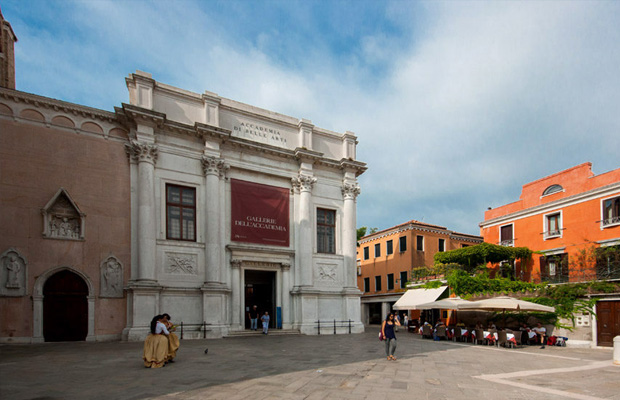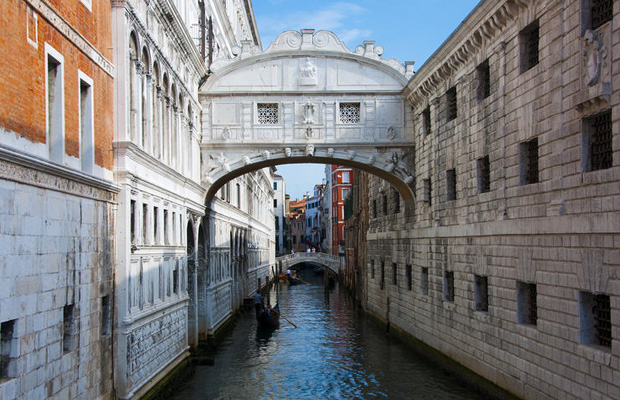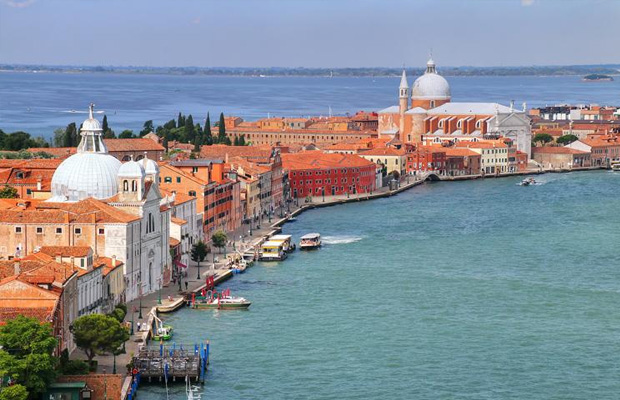Ca' Rezzonico
Ca' Rezzonico
Italy
Venice
Venice Travel Guide
Book Tour & Activities
Your tour in Venice.
Book your stay
Your hotel in Venice.
Overview
Ca' Rezzonico is a palazzo on the Grand Canal in the Dorsoduro sestiere of Venice, Italy. It is a particularly notable example of the 18th century Venetian baroque and rococo architecture and interior decoration
Ca' Rezzonico is a palazzo on the Grand Canal in the Dorsoduro sestiere of Venice, Italy. It is a particularly notable example of the 18th century Venetian baroque and rococo architecture and interior decoration, and displays paintings by the leading Venetian painters of the period, including Francesco Guardi and Giambattista Tiepolo. It is a public museum dedicated to 18th-century Venice and one of the 11 venues managed by the Fondazione Musei Civici di Venezia.
History
Construction (17th-18th centuries)
Ca' Rezzonico stands on the right bank of the canal, at the point where it is joined by the Rio di San Barnaba. The site was previously occupied by two houses, visible in early paintings of Venice in 1500, which a century and a half later were in a sad state of decay. They belonged to the Bon family, one of Venice's patrician clans. In 1649 the head of the family, Filippo Bon, a Procurator of the city and patron of the arts, decided to transform the two houses into a single large palazzo on the site. For this purpose he employed Baldassarre Longhena (1597-1682), the greatest proponent of Venetian Baroque, a style slowly replacing the Renaissance and Palladian architectural style. Longhena was the designer of the famous dome of the Church of Santa Maria della Salute, a Venice baroque landmark. By 1661 Longhena had combined the two earlier structures, and work had begun on the facade facing the canal, and had reached as high as the first, or Noble, floor. However, neither architect nor client was to see the completion of the Palazzo Bon: Longhena died in 1682, and Filippo Bon saw his finances ruined by the cost of the palazzo. He was forced to halt the work.
Filippo Bon died in 1712, and the unfinished palace, already decaying, was inherited by his sons and then grandsons, but none had the funds to complete the construction. In 1750 The Bons offered the unfinished palazzo to Giambattista Rezzonico, a banker and fabric merchant from Lombardy, whose family had bought a title of Venetian nobility in 1648, following a war with Turkey, when the Venetian state coffers were depleted. Rezzonico paid 60,000 ducats for the unfinished building. Municipal inspectors examined the building, and concluded that most of the structure was a ruin, in danger of collapse. Only the rear part of the building, completed up to the second floor, had a roof and could be saved. Rezzonico hired the most prestigious architect of his time, Giorgio Massari (1687-1766), who had built the churches of the Jesuits and the church of the Pietà in Venice, as well as the palazzo of the Grassi family, which faced the Rezzonico palace on the other side of the Grand Canal.
A Canaletto painting of the early 18th century[3] shows only the ground floor and first piano nobile completed, and a temporary roof protecting the structure from the elements. The Rezzonicos rushed the reconstruction along. In 1752, the accidental dropping of a piece of marble caused the scaffolding to collapse, dropping five stonemasons to the ground below. Massari largely followed the original plan of Longhena, but made a number of modifications to suit the lighter rococo tastes. He removed some ponderous double columns on the facade replacing them with more slender pillars, and eliminated a heavy plinth of columns, giving the building a lighter, more graceful appearance. He also installed a row of small oval windows above the larger windows on the second floor, adding light and a rococo touch.
The facade was finished between 1750 and 1752. Turning his attention to the interior, Massari broke with Venetian custom and put the major ceremonial room at the back of the building, not overlooking the canal. He doubled the height of the ceiling in this room and eliminated walls to create a more dramatic space. He laid out a ceremonial route that would take visitors from the dock and gateway on the Grand Canal to a fountain in the interior courtyard, surmounted by the coat of arms of the Rezzonico in marble; then taking a triumphal hallway to the monumental stairway which took them up to the grand salon or ballroom. As soon as the salons were completed, their ceilings were painted with frescoes by Giovanni Battista Crosato and in trompe-l'œil by Girolamo Mengozzi Colonna.
The interior work was nearly finished in 1756. The pinnacle of the Rezzonico's power and the Palazzo's grandeur came in 1758, when Carlo, the younger brother of Giambattista Rezzonico, was elected Pope as Clement XIII, the same year Ludovico Rezzonico married Faustina Savorgnan, uniting the two richest families in Venice. To mark that occasion, Rezzonico commissioned the most celebrated painter of Venice, the aging Giovanni Battista Tiepolo, to paint the ceilings of two salons, along painters with Gaspare Diziani and Jacopo Guarana.
The palace was the site of further celebrations in 1759, when Aurelio Rezzonico was elected Procurator of San Marco, and in 1762, when Ludovico Rezzonico was elected to the same position. For three nights, the facades and interiors of the palace were lit with torches and candles in celebration. Upon his election as Pope, Carlo Rezzonico transferred a large part of the family art collection from Venice to Rome.
Address: Dorsoduro, 3136, 30123 Venezia VE, Italy
Architectural style: Baroque
Founded: April 25, 1936
Phone: +39 041 241 0100
Architect: Baldassare Longhena
Video Travel Inspiration
See Ca' Rezzonico on Map
Most Popular Cities

Siem Reap
Cambodia
Ho Chi Minh City
Vietnam
Beijing
China
Paris
France
London
United Kingdom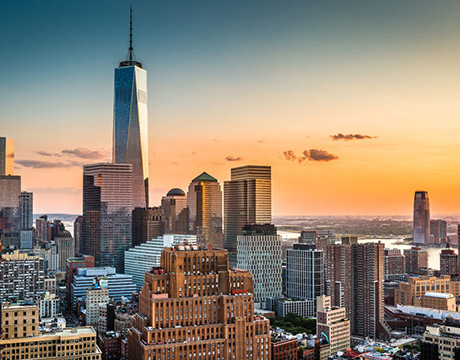
New York
USA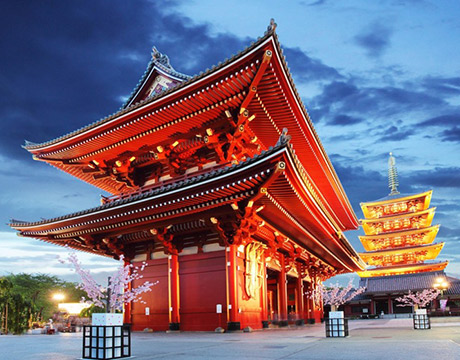
Tokyo
Japan
Bangkok
Thailand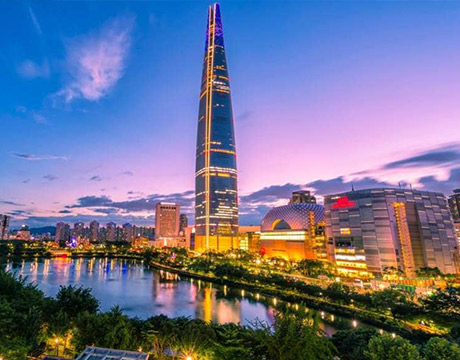
Seoul
South Korea
Vientiane
Laos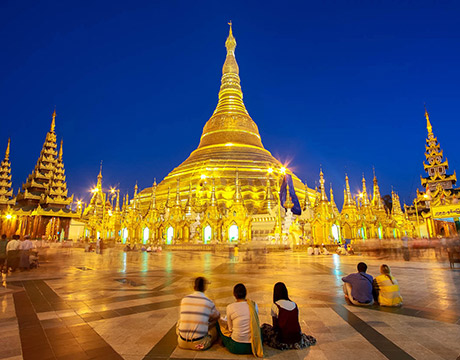
Yangon
Myanmar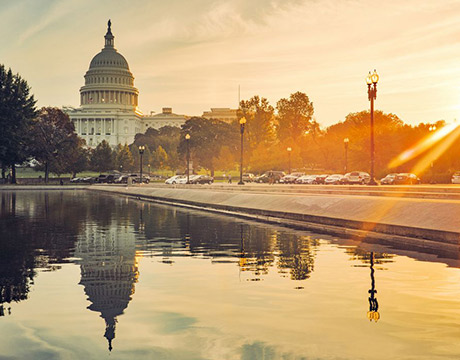
Washington DC
USA
Los Angeles
USA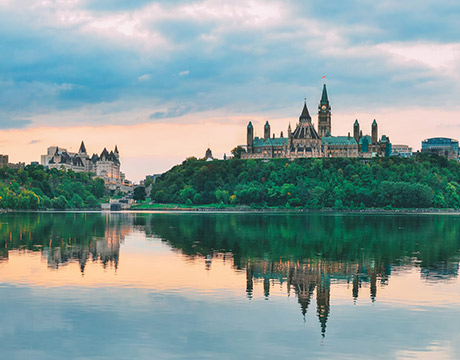
Ottawa
Canada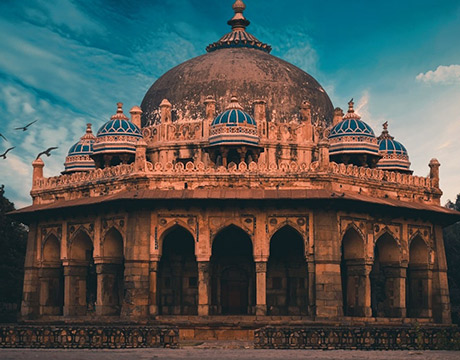
New Delhi
India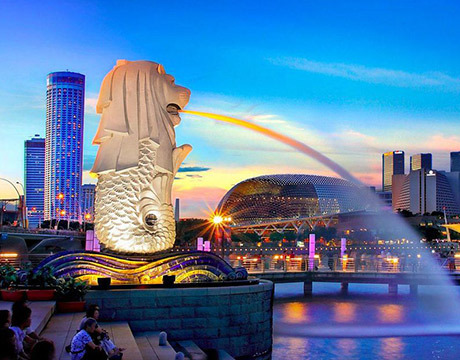
Singapore
Singapore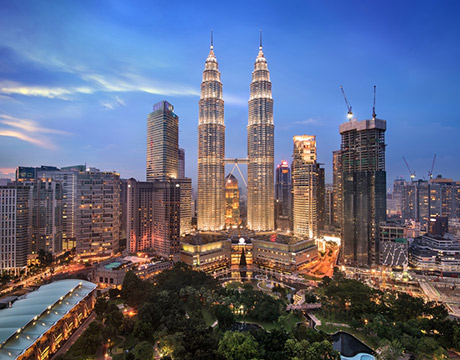
Kuala Lumpur
Malaysia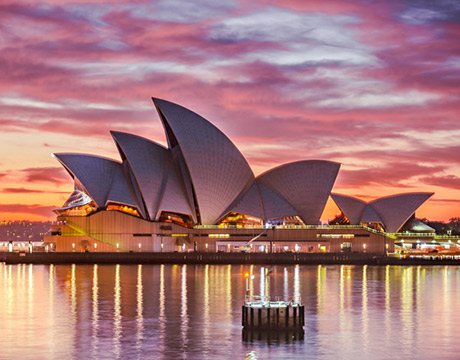
 English
English French
French Khmer
Khmer Thai
Thai Vietnamese
Vietnamese Chinese
Chinese Korean
Korean German
German Japanese
Japanese Italian
Italian Russian
Russian Spanish
Spanish Dutch
Dutch Indonesian
Indonesian Malay
Malay


